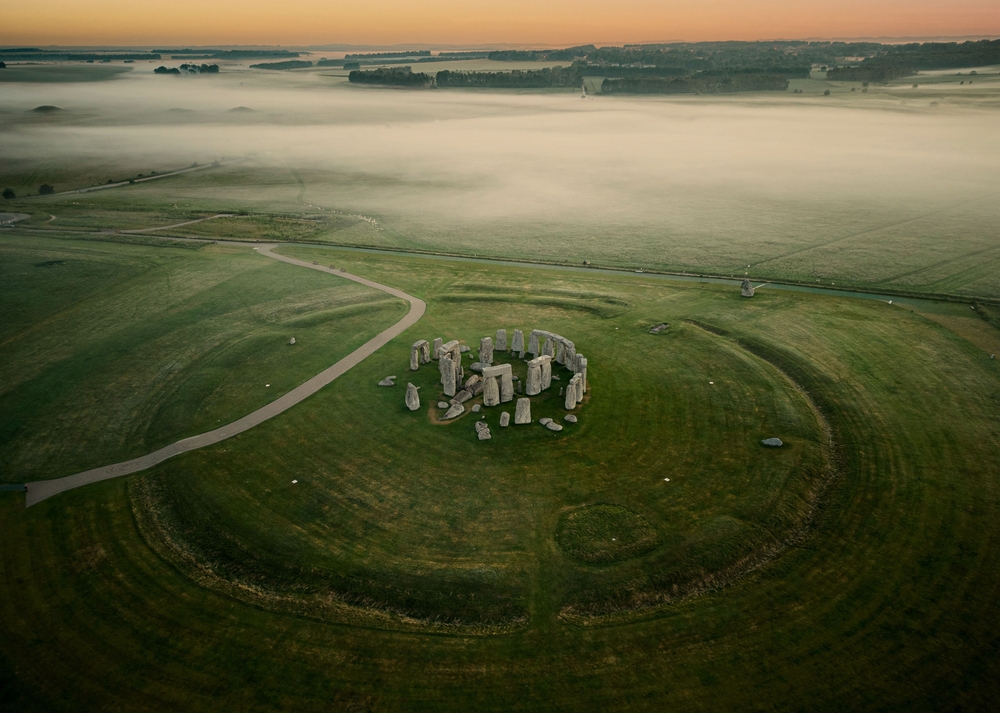
Unravelling the Mysteries of Stonehenge: A Window to the Ancient World
Stonehenge is located on the Salisbury Plain in Wiltshire. It consists of a ring of standing stones, each reaching up to 13 feet in height, set within earthworks. The monument is estimated to have been constructed in several phases between 3000 BCE and 2000 BCE, making it over 4,000 years old.

What’s it all about?
One of the most intriguing aspects of Stonehenge is how it was built. The stones, some weighing as much as 25 tons, were quarried from sites miles away and transported to the site. The precise methods used for transportation and erection remain a subject of debate among archaeologists. Some theories suggest the use of sledges, rollers, and possibly even water transport, while others propose more complex engineering techniques.


What can I expect to see?
In recent years, efforts have been made to preserve and protect Stonehenge for future generations. The site is now managed by English Heritage, which oversees conservation projects and visitor management to ensure that this ancient marvel remains intact.
Additionally, ongoing archaeological research and technological advancements continue to shed new light on the mysteries of Stonehenge. Laser scanning, ground-penetrating radar, and other non-invasive techniques have revealed previously unknown features and provided insights into its construction and purpose.
Where is Stonehenge From The Berrys Drop Off Point
The nearest Berrys Drop Off is located at the Library Bus Stop in Amesbury. We’ve included a Google Maps route to help guide you there.

How do I get there from the Berrys Drop Off?
Stonehenge is approximately 10 minutes by taxi or an hour and 22 minutes on foot.






